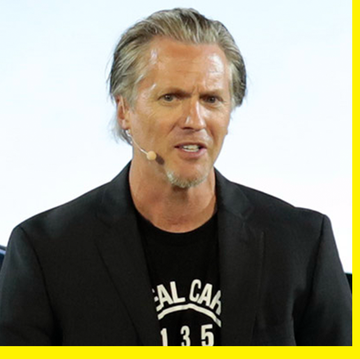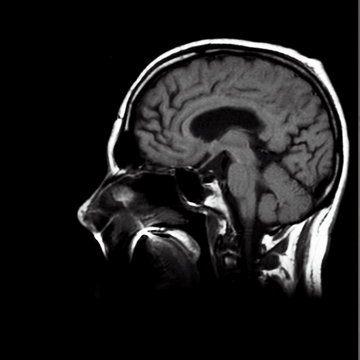A healthy body is like a well-maintained car: It operates at peak performance as long as it's fueled.
A diabetic body, on the other hand, is like a car with a broken fuel injector: The gas might be in the tank, but it's not reaching the engine.
When you eat, food is broken down into a simple sugar called glucose, which quickly enters your bloodstream. Then insulin, a hormone produced by the pancreas, delivers the blood glucose to individual cells, where it's used to power the entire body. The amount of insulin produced is directly proportionate to the amount of glucose in the blood. This allows the body to utilize most of the energy supplied by food.
But blood glucose can't power a body unless insulin delivers it to the cells. Since people with diabetes either don't produce insulin (called Type 1 diabetes) or have cells that develop resistance to the hormone (known as Type 2), the fuel that enters the body isn't used.
Instead the cells are left hungry, causing fatigue, dizziness, confusion, or fainting spells. Sugar builds up in the bloodstream and becomes toxic over time, eventually damaging the eyes, kidneys, nervous system, immune system, blood vessels, and heart. The disease shaves 8 years off of the average man's life.













